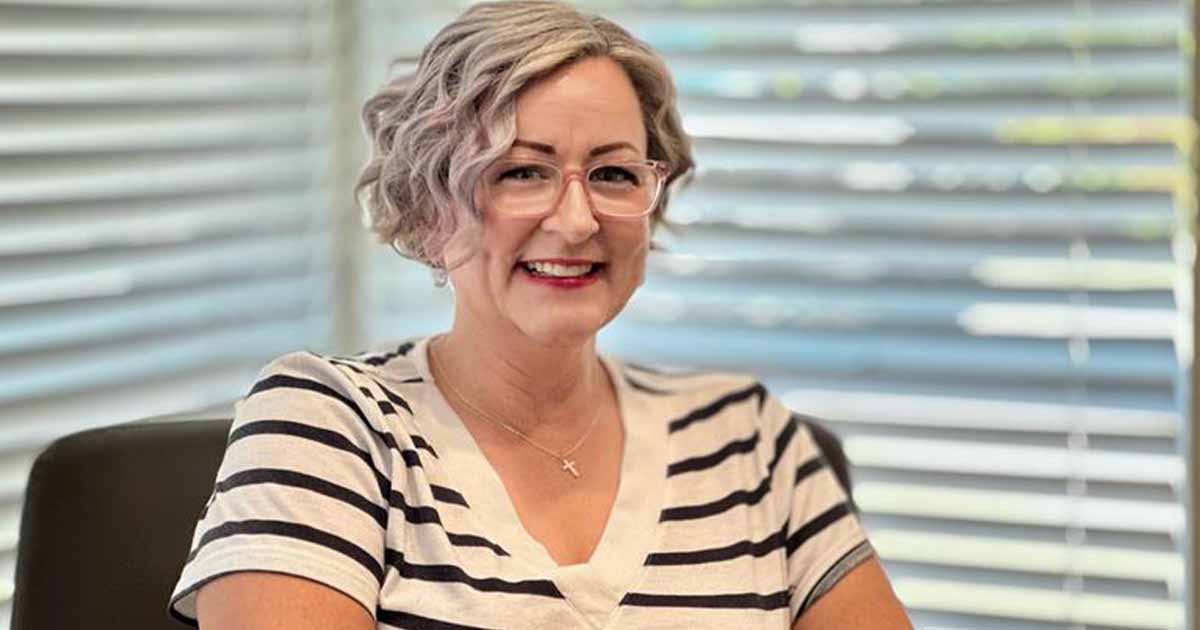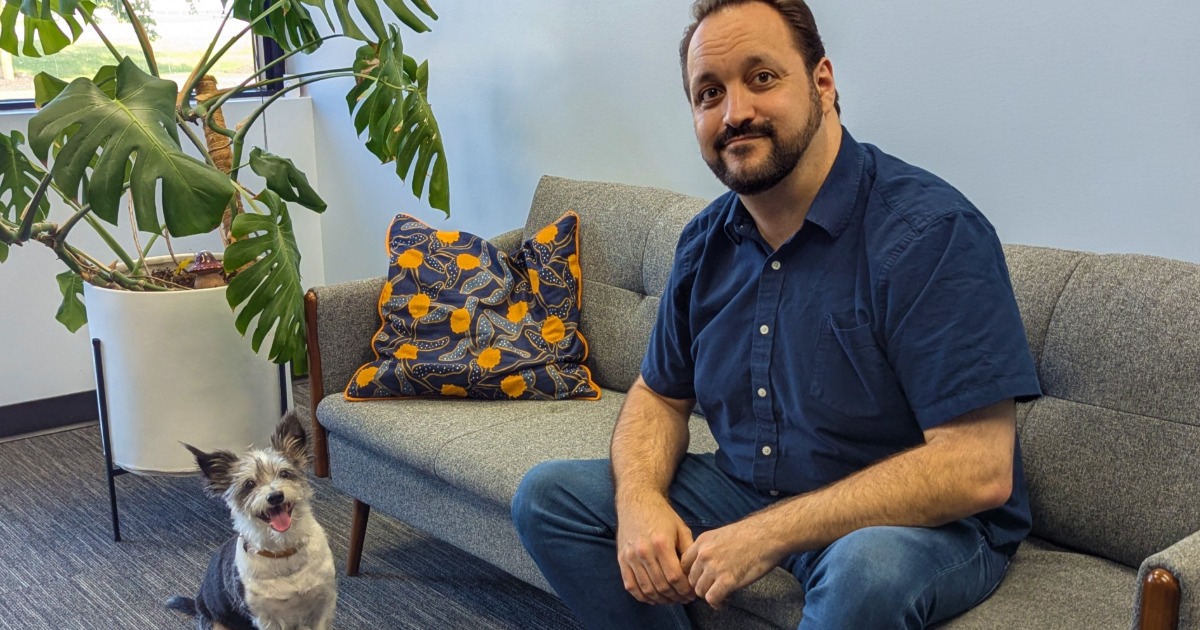New efforts focus on EHR usability, and findings are not pretty
Beauty, they say, is in the eye of the beholder. What about usability when it comes to machines and especially software? Is the ease with which software displays and moves, how nimble, how flexible the program is or is not - is that, too, a matter of subjectivity, in the eye of the operator? Or is it more a matter of design and engineering? Is it unreasonable to expect elegance?
These are all questions bubbling in the healthcare IT cauldron as physicians grapple with a love-hate relationship with their electronic health record systems. One minute they find their EHRs exasperating, the next, they give digital systems credit for saving them - and their patients - from the chaos of paper charts and manila folders.
"EHRs are not bad at everything," asserts Jiajie Zhang, director of the government's SHARP program, which is looking into all matters connected to EHR usability. Zhang also serves as interim dean, University of Texas School of Biomedical Informatics at Houston.
"If you ask a provider/user, 'if you have a chance to go back to paper are you going to do it?' Most of them said not, Zhang says. 'I hate it, but I love it.' They expect more because their experience with other electronic products like the iPhone and other things is much better. So they expect more from EHR vendors."
Usability gets attention
EHR usability was top of mind with the Office of the National Coordinator for Health Information Technology (ONC) as it hatched its plan for projects in support of the meaningful use incentive program. The Strategic Health IT Research Projects (SHARP) - there are four - all of them established, in the words of the ONC, to "address well-documented problems that impede the adoption of health IT.
One of the four projects, the one headed by Zhang, is focused on usability, workflow and cognitive support issues. It addresses work-centered design, cognitive foundations for clinical decision-making, adaptive clinical support, clinical summarization and visualization and information design.
With the release of the final certification rules for meaningful use Stage 2 on September 4, the ONC took usability beyond research and required usability testing to attain EHR certification.
Zhang views the rule as "game-changing.
"We as well as many other stakeholders have been pushing very hard to make EHR usability as a requirement for meaningful use," says Zhang "We tried to get it in Stage 1. It did not happen. Finally, we're glad that it's now part of Stage 2."
SHARP is developing guidelines, a toolkit and software to help vendors improve EHR usability faster and more efficiently.
To attain certification for their EHRs, the vendors will have to demonstrate they have used a user-centered process to evaluate their product and report the results in a specific template. The vendors have to show all eight meaningful use cases enumerated in the final rule have been through some kind usability testing.
"It's pretty straightforward" Zhang says. "It's process oriented. You simply have to show that you used this process to conduct your evaluation and you have some results.
Process is key
Mary Kate Foley, vice president of user experience for EHR company athenahealth, says process is the way to start.
"The process is very, very important," she says. "I like the fact that the ONC went for process before content or standards. I was actually worried they would try to freeze EHR standards as they are today. I think EHR standards are not good enough to be frozen into a government regulation just yet."
athenahealth tests more than the eight measures required for usability testing under the rule, Foley says. "But focusing on the eight is great because it's going to take a little while for the certifying bodies to understand usability. I think we should all expect some discovery along the way."
Rosemarie Nelson, principal of MGMA Healthcare Consulting Group, agrees process is key, but she's not sure certification is the way to go. She advises physicians on their EHRs day in and day out.
"Sometimes users rant about their software without ever looking at their processes," she says. "For the most part, those people who are kind of like the silent majority, kind of like the voting public, they aren't complaining about that. They do struggle with reworking their workflow and process. But it isn't, in general, the kind of thing that they feel is clumsy. Usability really is in the fingers of the user. I'm not sure certification is going to improve it. I think the market is the final test of usability.
The testing requirement worries Mark Segal, vice president of government and industry affairs at GE Healthcare IT.
"We're very strong supporters of good user design and user interface, but there's a concern that, for the short time available, having to go back and basically make sure that formal user-centered design principles were applied to the specified functionality is a challenge in a short time period, and for software that's been already developed and out in the market for some time."
The time challenge can't be understated, said Segal. "We are just a little over a year away from when hospitals, for example, will need to be using the certified product."
In Zhang's view, the time is now.
"The bottom-line message is that most systems can be dramatically improved," he says. "So meaningful use Stage 2 is kind of a stick for the vendor. You basically have to do it. If something can be done, it's time to do it. It's not trivial, but if you cannot do that, all kinds of consequences can occur - like safety issues, which is the biggest concern."
Also, as Zhang sees it, for the long term, if a vendor's product is not competitive in terms of its usability, it won't be competitive in the market.
Usability is becoming increasingly valuable in the marketplace, he says, noting that Apple, known for its easy to use products, eclipsed Exxon Mobile last year in market cap. Ergo, "usability is more valuable than oil," he says. "That's what EHR vendors should do because eventually usability will have a huge impact on their market share."
ONC chief Farzad Mostashari, MD, also referred to an Apple product in an interview last year with Mary Mosquera and Tom Sullivan, editors at Government Health IT. He talked about his predecessor David Blumenthal, MD, who used to say that his dream was for providers to be excited to boot up their EHR when they come to work the way that you enjoy, say, lighting up your iPad.
"It's not true that doctors are late adopters of technology," Mostashari said. "I saw some incredible statistics around iPad and smartphone adoption by physicians. It's clear that the provider community and from the research that improving the usability of systems is an important goal. The question is how do we do it?"
Robert Tennant, senior policy advisor for the Medical Group Management Association (MGMA), says it's about time usability becomes part of certification.
"We've been pushing the idea of usability for a long time," says Tennant, who was involved in the formation of CCHIT, the first EHR certification body, and today one of six authorized by the government.
"In the early days of CCHIT I kept saying you know it's not good enough just to test functionality. If it takes a thousand keystrokes to get to something, well, it is not very user-friendly."
The pushback, he says, came from two sides: CCHIT and the vendors.
"The vendors themselves were leery about including usability in the testing criteria," Tennant says, and CCHIT argued at the time that usability was too subjective to test. Later, CCHIT came around and added a protocol for testing usability.
Like Topsy
If William F. Bria, MD, had his way, EHR design and engineering would begin again from scratch, taking into account not only "requests and desires, but actually the needs of the end customers."
"And, by that," he says, "I mean the doctors, the nurses and - more and more these days - the patients. A redesign of these systems and a more consistent model of their use would greatly benefit the industry."
Bria is CMIO of Shriners Hospitals for Children, with 20 hospitals across the country - and one each in Canada and Mexico.
Shriners EHR: Cerner.
"The EMRs are such a trial and travesty it's not funny," he says. He rates Shriners EHR as "about the same as its competitors."
Cerner is at the top in market share today, followed closely by Epic, at No. 2.
"Cerner and Epic, and really most of them, are products that have been created incrementally over time" Bria says, "for very good reasons - business compliance, you know, just opportunity. The reality is these systems were created not all the same design, not the same moment, not the same way."
As a result, users are presented with a jumble of choices - dictates, really.
Bria describes it this way: "The idea of when you close, and you've got to work with this screen, for this particular problem, you click on the upper right. When you do it in this other part of the system, it's on the upper left. When you use another part of the system, what you need is in the right lower corner.
"If it was only that frustrating or difficult, it would be great," Bria says. "But unfortunately as these vendors have had to respond to the marketplace, and because of the lack of standardization in healthcare, these systems grow like Topsy - they get bigger and bigger and bigger, until no one can understand how it started."
Foley, the user-experience expert, likely would understand Bria's frustration with the changing, growing and gangly systems.
Her father was a graphical designer and an industrial designer, who taught her and her seven siblings, about colors, typefaces and design. She learned about elegance at an early age. Less is more.
"We were just steeped in this design culture," she says. "We couldn't walk past a chair without him asking for an impromptu analysis."
She was captivated by all of it, and increasingly, for her it became about software design. She got her start in the '80s, working on installed software at a time when everyone knew the F1 key was the "help" key. But, she knew there was much more to software design.
"This is all about human psychology, perception, cognition what we make of what we perceive and how we decide to act on it, is far more complicated than just a list of function keys and keyboard shortcuts and where the scroll bars will be laid out," she figured then. "And, as it turned out, that's, of course, the case," she says.
She describes the healthcare sector as "sort of the land that time forgot in terms of human factors." Industrial design is working well, she says, so the hardware is fine, but the software - especially electronic health records - "has had a tough time."
As she sees it, one of the major problems with software design is trying to replicate paper processes in a digital format.
"You know, scribbles in a paper chart might not be the best way to make sure you found a drug-drug interaction," she says. "But nonetheless there were a lot of benefits with the paper system. So when people came along and said, 'let's get electronic,' I think there was this sense of 'let's not throw the baby out with the bath water.'
"So, we'll take the current system we have, which in some ways in terms of its efficiency, works reasonably well. Let's just translate that over - translate the paper directly into a digital environment."
When taking something that's been bricks and mortar, or paper and pen, and trying to recreate it directly into a digital format, "you will lose the benefits of the bricks and mortar and the pencils and paper - and you probably will not get the benefits of the digital. You need to invent something new to solve the same old problems - something new that takes advantage of the digital space."
Otherwise, the result could be what Bria describes as "a situation where the steering wheel may be on the left side, could be on the right side, could be under the dashboard. Or it could be a joystick instead of a steering wheel."
"It's only a little hyperbole I used," he says. "It's pretty much like that."
Foley also warns against customizations masquerading as a human-centered design. Beware of the physician who says, "I know I will love this if it just does this instead," she says.
"Maybe you will have removed something you hate, but that doesn't mean that customization will give you something you love," Foley suggests. "I'm always interested in people telling me what they think they want, but I always make sure that we watch them using, doing their work so that I can figure out what they might be missing or how they judge success and what motivates them when they use a particular system. That's especially true when you have more than one person using the system."
Data entry
The single biggest usability problem in EHRs today, says Foley, is that doctors have been turned into data- entry clerks.
EHRs should be a tool, she says. "We shouldn't be in the middle of it saying 'you forgot to fill out this field in exactly the way, I, the digital tool, expect you to do it.'"
Not only do doctors become frustrated with their data-entry chores, they also become numb to what's put in front of them, Foley contends. "
"A doctor who is seeing 15,18 hypertensives in one day and has waded through all these form fields and drag downs and pop ups and so on, they get numb," she says. "This is not failing for any individual person. There are limitations on human memory. There are limitations on the ability of a human being to look at a screen full of pixels firing and find the couple of pixels that are different or unexpected."
Today, meaningful use is driving EHR uptake as never before. As a long-time advocate for health information technology, Bria has been waiting for this for a long time. It turns out to be bittersweet.
"The fact that medicine is taking seriously what a lot of us thought in the 1980s and earlier, if it were adopted, would improve the safety and the quality of care, is wonderful, he says. "And, so this is our rapid growth phase, and it's a mixture. It's like watching your kids finally graduate from college, you know. It's great. However, it ends up being a combination of pride and pain."


